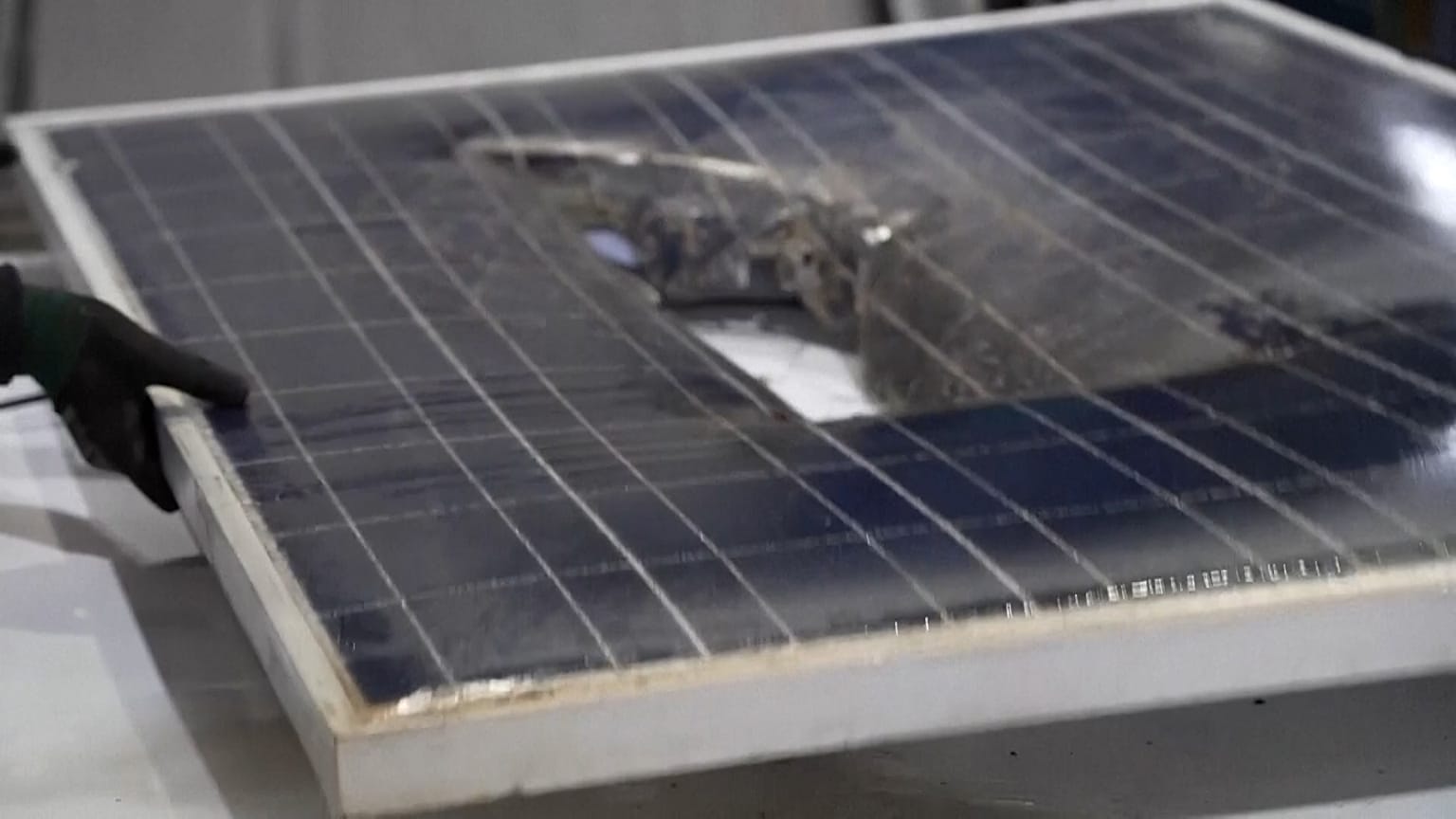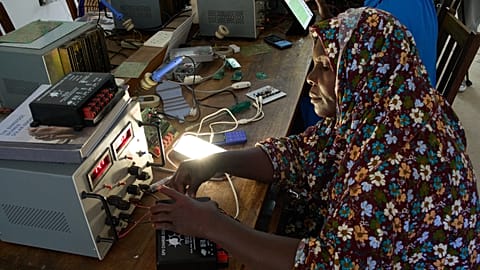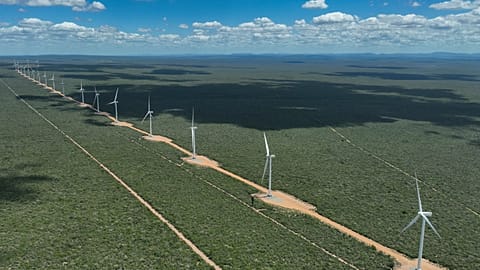Tens of thousands of solar panels ended up in landfill every year in Australia...until now.
Recycling old solar panels isn’t easy - but a group of Australian scientists may have found a solution.
Solar panels are key to the clean energy transition. But 90 per cent currently end up in landfill once they have stopped working.
A team of researchers from Australia’s Deakin University are working to change that.
They’ve developed a new thermal and chemical technique to extract silicon from the obsolete panels.
“Solar's meant to be a renewable energy, sustainability-related product. Getting the best recovery out of a solar panel is probably more paramount than any other product,” says Anthony Vippond, CEO of Lotus Energy, a renewable energy company in Australia.
Why is it so hard to recycle solar panels?
Recycling solar panels is a lengthy process. Firstly, they need to be pulled apart and then their components need to be separated. These two operations are both expensive and time-consuming.
“At the moment, it would be cheaper to put them into landfill than to recover them,” says John Polhill, manager of infrastructure partnerships, Sustainability Victoria.
The Deakin University scientists say they have found a way to make that process more viable.
Their method - which relies on complex heating and chemical processes - doesn't use dangerous chemicals to extract the valuable silicon from the panels, making it cheaper and more environmentally friendly.
“There are many other technologies around the world, but most of the technologies are complicated, multi-step, timeconsuming,” says Mokhlesur Rahman of Deakin University.
Is the silicon in solar panels valuable?
The nanoparticle material made from silicon is worth a lot of money - making the new method financially very interesting for recycling businesses. It can be used to create battery anodes that increase the capacity of lithium batteries.
"We would be ecstatic if we could achieve that [commercialising the process] at the moment. Of course, it's some incredible numbers AU$45,000 (€28,500) per kilo for nano silicon," says Vippond.
This new technology must be tested to see whether it works at an industrial level.
“To try and not only separate the panel and the cell but do it in a way that's financially viable as a business model, not just lab scale [is the goal],” says Polhill.
The researchers are now working on a way to make low-cost batteries from this material.
The Australian Environment Minister Tanya Plibersek is putting pressure on the industry to do more when it comes to recycling solar panels.
Plibersek points out that if efforts are not ramped up, there could well be more than a quarter of a million tons of panel material in landfill by 2030.
Watch the video above to learn more.


















